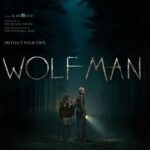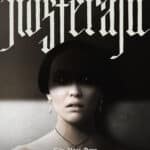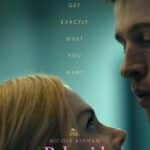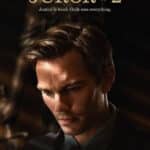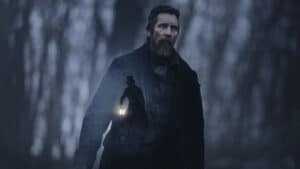
The Pale Blue Eye
West Point, 1830. Augustus Landor, a detective scarred by life – he is a widower and his daughter is missing – is hired by the Military Academy to discreetly investigate the gruesome murder of one of the cadets, whose heart is extracted from his chest with surgical precision that is perhaps the result of an obscure ritual. In his investigation of him he is not helped by any of the other recruits for whom the law of silence applies. Only one of them offers his cooperation. We are talking about Edgar Allan Poe, who in the following years will become a world-famous writer. When there are some clues that are about to lead to the resolution of the case, another cadet is assassinated.
He continues to look back to the cinema of Scott Cooper. He doesn’t have the ‘classic’ Ron Howard nostalgia. Above all, his films represent a personal journey into American cinema, from the musical drama (Crazy Heart), to the gangster-movie (Black Mass), up to the western (Hostiles).
The results have often been more than satisfactory even if his writing (except in Black Mass he has always been the screenwriter of all his films) appears a little too marked. And this is the major limitation of The Pale Blue Eye, based on the novel of the same name by Louis Bayard, a thriller that flows into the horror genre that the filmmaker had already tackled in the previous Antlers.
But behind there is also the shadow of a short story by Edgar Allan Poe, ‘The telltale heart’, published for the first time in 1843. When the writer who was attending the academy at the time enters the scene military – played by Harry Melling, known for the character of Dudley Dursley in the Harry Potter saga – the film is full of mysterious suggestions and thickens with too many misleading plots before the final unveiling.
Christian Bale, in his third film with Cooper after Revenge Fire and Hostiles, is an old noir figure, a detective who has lost everything, from the not very acceptable methods of the academy authorities. However, his state of mind is only hinted at thanks to the actor’s silences and hidden movements.
Cooper seems more oriented to keep the film on several levels, preferring the gothic atmosphere that had characterized Burton’s Sleepy Hollow and which manifests itself above all in the mists in the woods and in the scene of Poe’s visit to the cemetery with the young Lea.
The Pale Blue Eye also has visually strong glimpses – from the ritual with blood to the visions of Landor – but they are suffocated by a cinema that is too surgical, detailed, between code writings, black magic, coded interpretations, where the supernatural elements, ghosts of the past aim to show the ‘falsity of appearances’ as in The Ninth Gate. Like Johnny Depp in Polanski’s film, Christian Bale too begins an investigation that seems to lead him to a dead end. But the progress is cumbersome and the tension emerges only sporadically. In addition, Charlotte Gainsbourg, Robert Duvall, Timothy Spall and Toby Jones remain guilty in the shadows, imprisoned in a limiting descriptivism.



